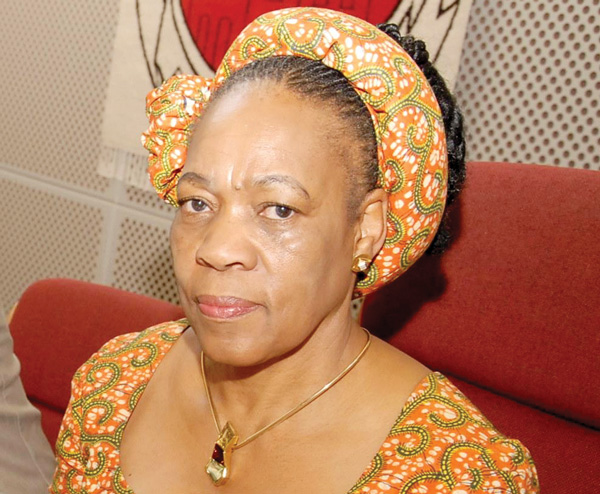
Internet cable repairs delayed by late arrival of maintenance and repair ship

On Friday morning 01 September, the Leon Thevenin, the cable ship that has been commissioned to repair the two undersea cables at the mouth of the Congo River, was about 100 nautical miles south of the Kunene River mouth.
The ship, registered in Mauritius was doing repair work off the coast of Kenya when the rupture of the WACS and the SAT3 cables happened offshore Cabinda in an underwater canyon that extends from the mouth of the Congo River deeper into the ocean.
The Leon Thevenin, a 40-year-old relic, departed the Kenyan port of Mombasa on 06 August, reaching Cape Town on 21 August, passing Walvis Bay on 24 August, on its way to the site of the cable rupture. The ship was exptected to arrive at its destination by 30 August but its confirmed position on 01 September indicated that it will be at least another 6 days before the ship is in position to start repairing the two cables.
Three undersea cables, the West African Cable System (WACS), the South Atlantic 3 (SAT-3), and the ACE cable, were severed on Sunday 06 August when a landslide occurred in the Congo canyon offshore the Congo River mouth. Two of these cables, WACS and SAT-3, are the main carriers of internet traffic between southern Afirca and Europe. When they were both severed, two thirds of the internet connectivity to southern Africa immediately went blank. Only Google’s Equiano cable remained active.
As far as could be established, Equiano was not affected by the landslide as it follows a detour route where it traverses the Congo canyon. The risk posed by the strong current in the canyon, is well-known and has led to several interruptions over a number of years, usually affecting internet connectivity in the western part of central Africa.
The local outage was confirmed by Telecom Namibia on 08 August when the telecomms utility said it has experienced sporadic service interruptions on some fixeda and mobile, data and voice services.
At this point, it is not clear how long repairs will take but a technician explained that the Leon Thevenin will locate the joint boxes either side of the canyon for both cables and replace the entire section in between. “Finding a severed cable under hundred of tonnes of rubble, is a waste of time,” he explained. “Replacing a section is far easier and less costly but it can take several weeks because the joint boxes have to be surfaced, and the new sections spliced on either end.”
The Leon Thevening belongs to France Telecom and apparently is the only cable maintenance ship contractually authorised to work on the WACS and SAT-3 cables. In the meantime, internet connectivity in Namibia remains severely impaired as witnessed daily by the erratic and unreliable network access, especially to Europe and the United States.










































